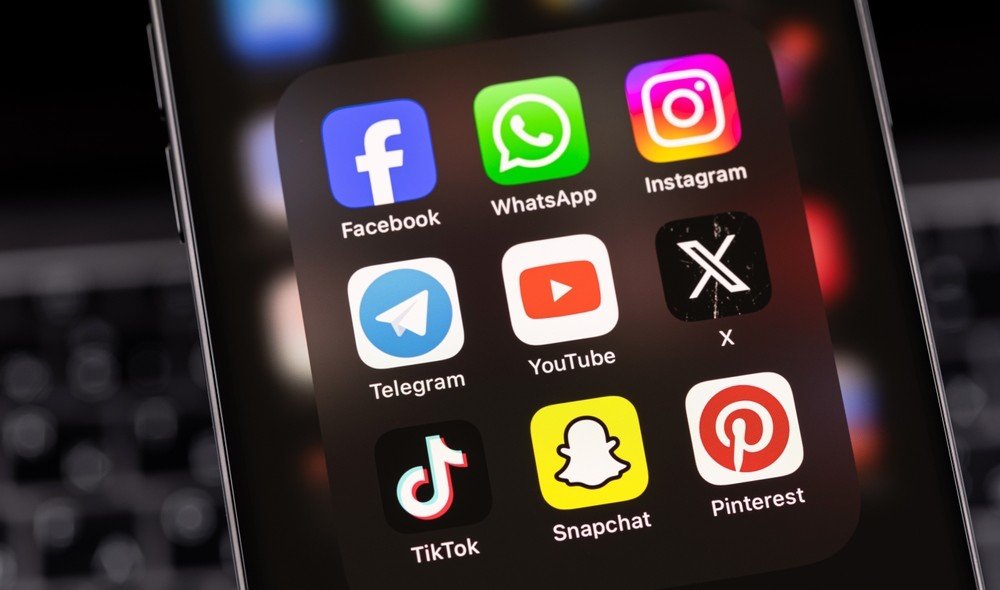
As the year draws to a close, WhatsApp, the leading messaging app with over 2 billion active users worldwide, has announced it will no longer support certain Android devices starting January 1, 2025. This annual move by WhatsApp aims to keep the app optimized, secure, and compatible with the latest technological advancements.
If your phone is on the list of affected devices, this announcement could mean losing access to WhatsApp’s services unless you upgrade or take the necessary steps. Read on to find out why this change is happening, which devices are impacted, and how you can prepare for the transition.
Every year, WhatsApp reviews the devices and operating systems it supports. As technology advances, maintaining compatibility with outdated hardware and software becomes increasingly challenging. Here are the key reasons WhatsApp is dropping support for older Android versions:
Security Concerns:
Older operating systems lack the advanced security features needed to keep users safe from cyber threats. By discontinuing support for these devices, WhatsApp minimizes vulnerabilities.
Improved Functionality:
New features, such as high-resolution video calling, enhanced file sharing, and advanced encryption, require modern hardware and software. Older devices cannot support these features without compromising performance.
Focus on Innovation:
By concentrating resources on devices running newer Android versions, WhatsApp can roll out updates faster and introduce cutting-edge features without being held back by legacy systems.
Starting January 1, 2025, WhatsApp will no longer support Android devices running Android 4.4 KitKat or earlier versions. Although these devices make up a small percentage of the total Android market share, millions of users globally may still be affected, especially in regions where older phones remain in use.
These devices, released between 2011 and 2013, are likely to lose WhatsApp compatibility unless updated to Android 5.0 Lollipop or higher (if hardware permits).
Unsure whether your phone will be affected? Follow these steps to check your phone’s Android version:
Open the Settings App:
Navigate to your phone’s settings.
Scroll to “About Phone” or “System”:
Depending on your device, tap on either “About Phone” or “System.”
Check Android Version:
Look for the Android version listed. If it shows Android 4.4 or earlier, your device will no longer support WhatsApp after 2024.
If your phone is among those losing WhatsApp compatibility, here’s what you can do to stay connected:

After December 31, 2024, WhatsApp will become non-functional on unsupported devices. This means:
Staying on an unsupported device can also expose you to potential cyber threats, such as data breaches or malware attacks.
While upgrading a phone might seem inconvenient or costly, there are several reasons why it’s essential:
Enhanced Security:
Modern devices come with better encryption, malware protection, and privacy controls, keeping your data safe.
Access to New Features:
From improved camera performance to AI-powered apps, newer phones provide a better overall experience.
Long-Term Compatibility:
Upgrading ensures your device remains compatible with the latest apps, services, and updates for years to come.
The impact of this change will vary depending on the region:
For businesses that rely on WhatsApp for communication, this move reinforces the need to ensure employees and customers are using compatible devices.
WhatsApp’s decision to end support for older Android devices is part of its commitment to delivering a secure and high-quality user experience. While the change may inconvenience some users, it underscores the importance of staying updated with technology to enjoy seamless communication.
If your device is on the list of affected phones, don’t wait until the last minute. Upgrade your phone or explore other messaging solutions to stay connected with friends, family, and colleagues in 2025 and beyond.
For more updates on WhatsApp, Android devices, and tech news, stay tuned to our blog!
As Founders of this dynamic company, we embarked on a journey driven by our shared passion for innovation and technology. Our vision for #Hash Tronics was born from a desire to create impactful solutions.
As Founders of this dynamic company, we embarked on a journey driven by our shared passion for innovation and technology. Our vision for #Hash Tronics was born from a desire to create impactful solutions.
As Founders of this dynamic company, we embarked on a journey driven by our shared passion for innovation and technology. Our vision for #Hash Tronics was born from a desire to create impactful solutions.
Phone:
U.K Office Number:
Email:
WhatsApp us

